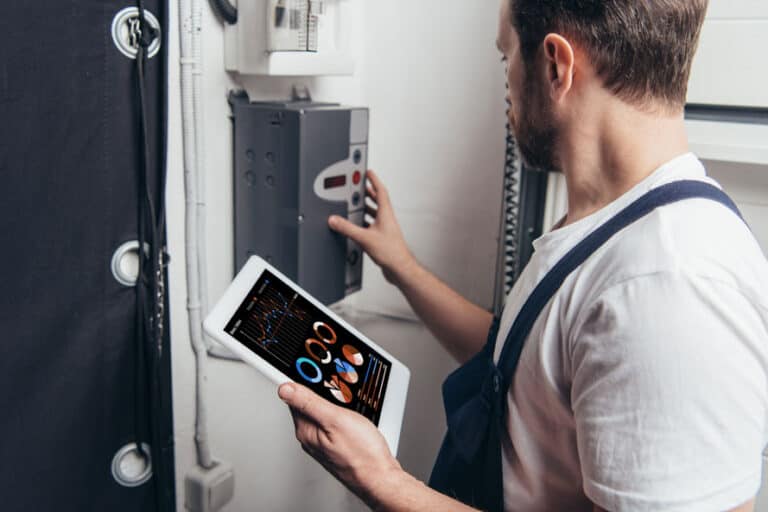Electrical testing activities can pose a significant risk of electrical shock, burns, and fire if not carried out safely. Some of the hazards and risks associated with electrical testing activities include:
- Contact with live electrical circuits, wires, or equipment
- Electrical shock due to inadequate personal protective equipment (PPE)
- Burns from electrical arcing or overheating equipment
- Fire due to overheating or electrical faults
- Falls from heights while conducting testing activities on elevated equipment
- Exposure to hazardous substances or materials
Control Measures:
To minimise the risks and hazards associated with electrical testing activities, the following control measures must be implemented:
- Conduct a Risk Assessment:
Before commencing any electrical testing activities, a risk assessment must be conducted to identify the hazards and risks associated with the activity. The risk assessment should also identify the appropriate control measures required to manage those risks.
- Personal Protective Equipment (PPE):
All personnel involved in electrical testing activities must wear appropriate PPE, including:
- Safety glasses
- Insulated gloves
- Protective clothing
- Safety footwear
- Isolate Electrical Circuits and Equipment:
Electrical circuits and equipment must be isolated and locked out before any testing activity can be conducted. This is to prevent any accidental energisation of the circuit or equipment during testing.
- Verify Absence of Voltage:
Before commencing any electrical testing activities, the absence of voltage must be verified using an appropriate voltage detector or meter.
- Use of Test Equipment:
Only qualified and authorised personnel should use electrical testing equipment. All testing equipment must be calibrated, maintained, and used in accordance with the manufacturer’s instructions.
- Safe Work at Heights:
If electrical testing activities are to be conducted at heights, appropriate fall protection measures must be implemented, including the use of safety harnesses, guardrails, or other suitable measures.
- Hazardous Substances and Materials:
Any hazardous substances or materials associated with the electrical testing activity must be identified, assessed, and controlled in accordance with the relevant legislation, regulations, and codes of practice.
- First Aid and Emergency Response:
All personnel involved in electrical testing activities must be trained in first aid and emergency response procedures. A first aid kit and emergency response equipment, including fire extinguishers, must be readily available at the testing site.
![]()







